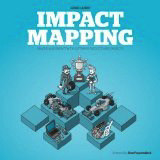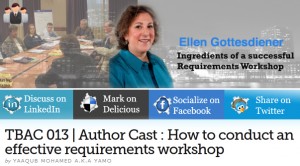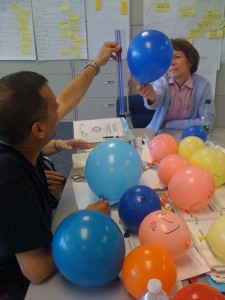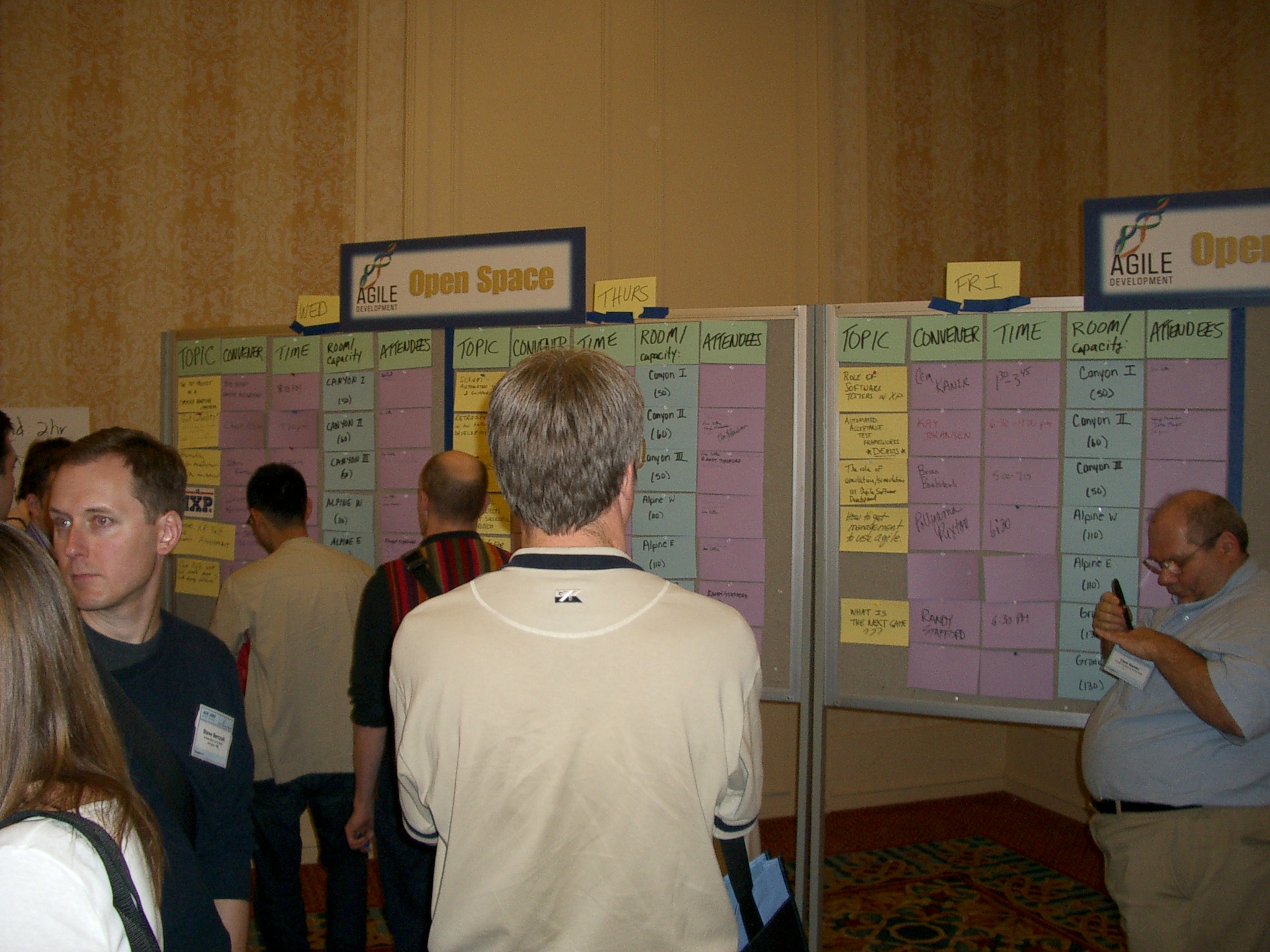Software That Matters: A Review of Gojko Adzic’s Impact Mapping
 Impact Mapping: Making a Big Impact with Software Products and Projects, by Gojko Adzic, explains how to use an efficient visual modeling technique to ensure that project partners build the right products—or, as the author says, products that have impact. Impact mapping, the subject of this lithe, approachable book, is an adaptation of visual mapping techniques (effect mapping).
Impact Mapping: Making a Big Impact with Software Products and Projects, by Gojko Adzic, explains how to use an efficient visual modeling technique to ensure that project partners build the right products—or, as the author says, products that have impact. Impact mapping, the subject of this lithe, approachable book, is an adaptation of visual mapping techniques (effect mapping).






